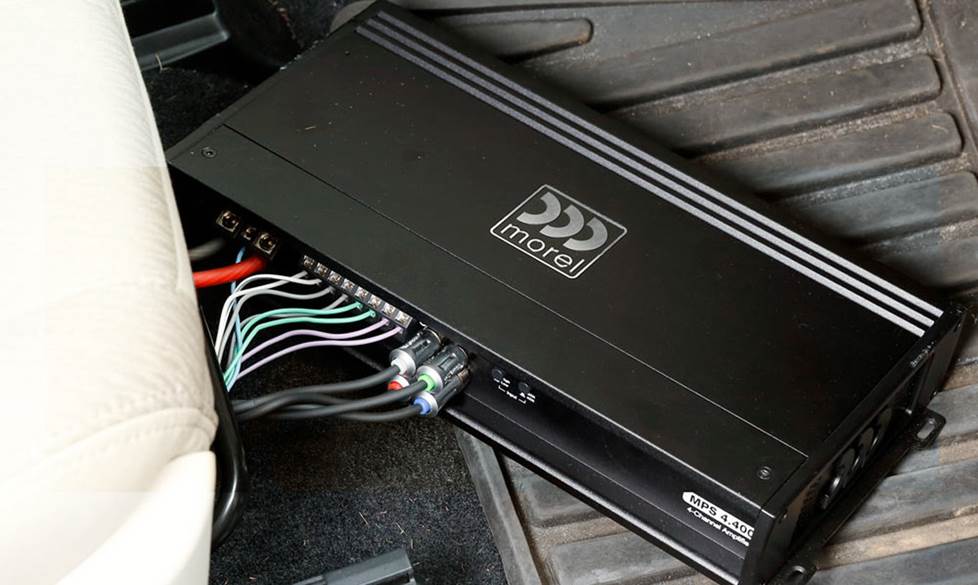

**Why Factory Car Audio Systems Frequently Provide Inferior Sound Quality**
When acquiring a new automobile, numerous drivers are thrilled about the standard features and technology, which includes the factory-installed sound system. However, in spite of progress in automotive innovations, factory car audio systems frequently do not succeed in offering high-quality sound. This article examines the reasons for the inadequate performance of various stock car audio systems and the factors that contribute to their shortcomings.
—
### 1. **Cost-Cutting Strategies**
One of the primary factors contributing to the subpar performance of factory car audio systems is cost-cutting. Automakers strive to keep production expenses minimal to remain competitive in pricing. Consequently, they frequently opt for low-cost components in the audio system, which include:
– **Substandard speakers**: Factory-installed speakers are usually constructed from paper or other inexpensive materials that deteriorate over time and cannot manage high power outputs.
– **Basic amplifiers**: Numerous stock systems feature underpowered amplifiers that lack the dynamic range and clarity necessary for high-fidelity sound.
– **Simplified wiring**: To minimize manufacturing complexity and expenses, automakers might use thinner gauge wiring, which can compromise audio performance.
—
### 2. **Generic Tuning and Equalization**
Factory audio systems are typically tuned to cater to the widest audience possible. This often results in a “one-size-fits-all” sound profile that lacks the subtlety and customization that audiophiles or discerning listeners seek. Common concerns include:
– **Overemphasis on bass or treble**: To create a sense of fullness, some systems elevate bass or treble frequencies, which can blur the midrange and disrupt the overall sound balance.
– **Absence of sound staging**: Factory systems may not be optimized for effective sound staging, making it challenging for listeners to discern instrument separation or spatial depth.
—
### 3. **Ineffective Speaker Placement**
The layout of a car’s interior primarily prioritizes comfort, safety, and aesthetics—not acoustics. Consequently, speaker placement is frequently suboptimal, leading to:
– **Unbalanced sound distribution**: Speakers might be installed in doors, dashboards, or rear decks in locations that do not provide equitable sound to all passengers.
– **Acoustic interference**: Reflections from windows, seats, and other surfaces can disrupt sound waves, causing distortion or phase cancellation.
—
### 4. **Constrained Frequency Response**
Factory audio systems often exhibit a limited frequency response, meaning they cannot faithfully reproduce the complete audible sound range (typically 20 Hz to 20,000 Hz). This can lead to:
– **Weak bass**: In the absence of a dedicated subwoofer or high-quality woofers, low-frequency sounds may be lackluster or distorted.
– **Loss of clarity**: High-frequency details such as cymbals, strings, or vocal subtleties may be obscured or muted.
—
### 5. **Deficiency in Customization and Upgradability**
Unlike aftermarket systems, factory audio configurations are generally not intended for customization. This can complicate matters for users who wish to:
– **Modify sound settings**: Basic equalizer options might lack the flexibility for precise adjustments of audio preferences.
– **Upgrade components**: Incorporating aftermarket speakers or amplifiers can prove difficult due to proprietary connectors or integrated control systems.
—
### 6. **Marketing vs. Performance**
Certain vehicles feature branded audio systems (e.g., Bose, Harman Kardon, Bang & Olufsen), which may create the illusion of superior sound quality. Nonetheless, these systems are often designed to adhere to the automaker’s budget and aesthetic limitations rather than providing genuine high-fidelity sound. Although they may present enhancements over basic models, they often do not rival the performance of a well-engineered aftermarket system.
—
### Conclusion
While factory car audio systems have made strides over the years, many still fall short in delivering high-quality sound due to budget restrictions, poor speaker placement, limited tuning, and generic components. For drivers who prioritize exceptional audio performance, investing in aftermarket upgrades—such as enhanced speakers, amplifiers, and sound processors—can significantly enhance the listening experience. Recognizing the limitations of factory systems is the initial step toward attaining a more enjoyable and immersive in-car audio experience.






